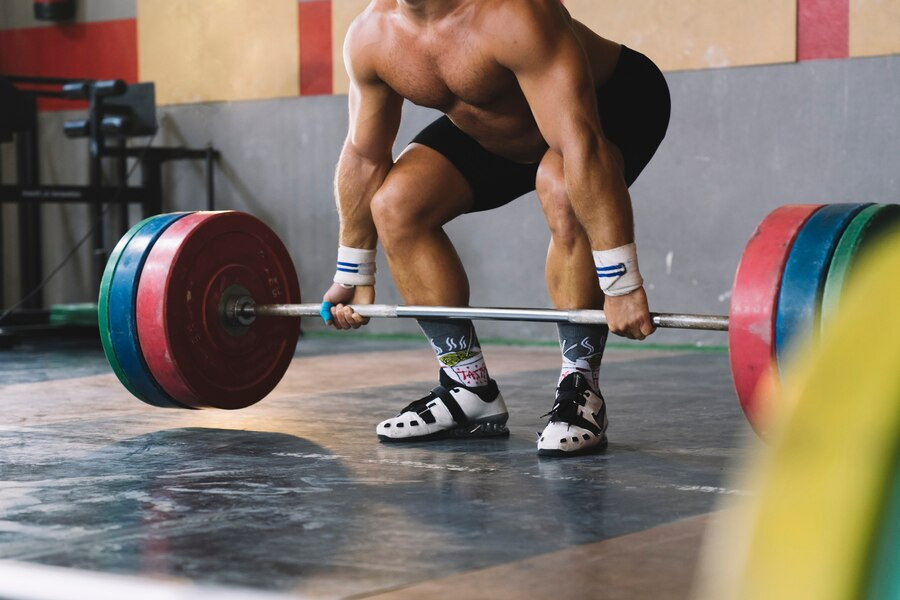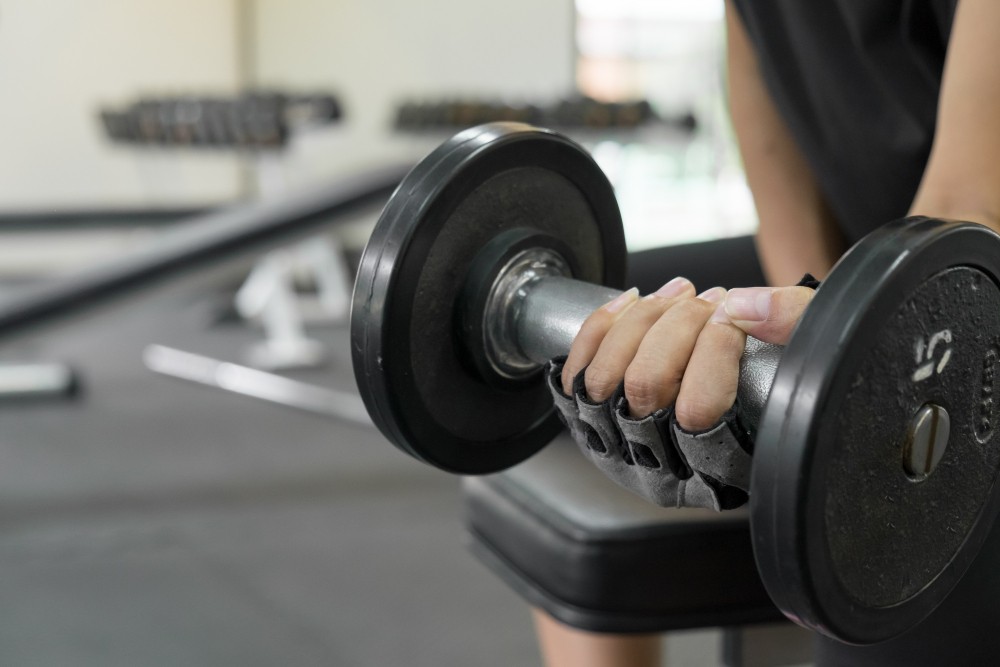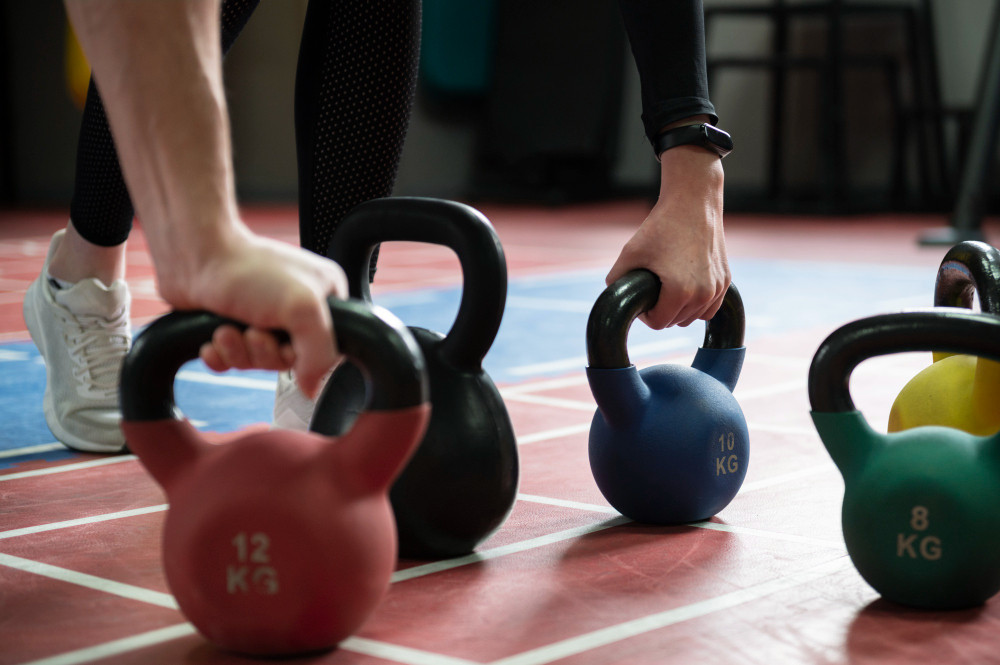Weight training is an effective method for increasing strength, improving fitness, and achieving specific health goals. Some people feel compelled to demonstrate their strength in front of others when lifting weights.
This is one of the reasons why people experience ego lifting. Ego lifting can be harmful to health, risking muscle and joint injuries, as well as other injuries that take a long time to heal.
What is ego lifting?
Ego lifting refers to the practice of lifting weights beyond one’s capability, often to impress others or to achieve quick results. This often results in higher injury risks or can even hinder long-term progress.
The negative impact of ego lifting
When you focus too much on lifting extremely heavy weights, you frequently overlook proper technique and your body's limitations. This can result in a number of disadvantages, including:
-
Long-term and short-term injuries: Ego lifting increases the risk of muscle strains, ligament tears, and joint problems. These issues are usually caused by poor technique and lifting weights that are too heavy.
-
Ineffective training balance: Focusing on extremely heavy weights can disrupt the balance of your workout and hinder overall development, making your training less effective.
-
Lack of motivation and satisfaction: Your approach strongly influences your motivation and satisfaction with weightlifting. Prioritizing ego in training frequently leads to health issues, which can reduce motivation and satisfaction.
When you are injured while ego lifting, your motivation to continue training decreases. Also, injuries frequently result in a lengthy recovery period and limit your ability to train effectively. The pain and discomfort from these injuries may affect your motivation to keep training. Frustration from injuries may also reduce your desire to return to the gym or stick to your workout plan.
Focusing on proper technique and a safe training approach is crucial to maintaining motivation and satisfaction in weightlifting. Emphasizing good technique, gradual progression, and attention to body health can help achieve desired results without the risk of injury.
Tips for safe and effective weightlifting
Always pay attention to your body’s signals. If you feel pain or discomfort during weightlifting, stop immediately. Ignoring pain can lead to serious injuries. Consider training with an experienced personal trainer who can help you design a safe and effective workout program and teach proper techniques.
Do you have other fitness-related questions? You can make use of the consultation features that are available in the Ai Care application by downloading the Ai Care application from the App Store or Play Store.
Looking for more tips and health tricks, first aid, and home remedies? Click here!
- dr Nadia Opmalina
Better Health Channel. Exercise safety. Available from: https://www.betterhealth.vic.gov.au/health/healthyliving/exercise-safety
Better Help Editorial Team (2024). What Is Ego Psychology? A Theory For Self-Understanding. Available from: https://www.betterhelp.com/advice/willpower/what-is-ego-psychology-and-how-can-it-help/
OrthoInfo (2023). Safe Exercise. Available from: https://orthoinfo.aaos.org/en/staying-healthy/safe-exercise
John Hopkins Medicine. Exercise Safety. Available from: https://www.hopkinsmedicine.org/health/wellness-and-prevention/exercise-safety
Sydney Bueckery, CSCS, NASM, CPT (2024). How to Know When You’re Ego Lifting (Plus, 6 Ways to Avoid It. Available from: https://honehealth.com/edge/fitness/ego-lifting/












